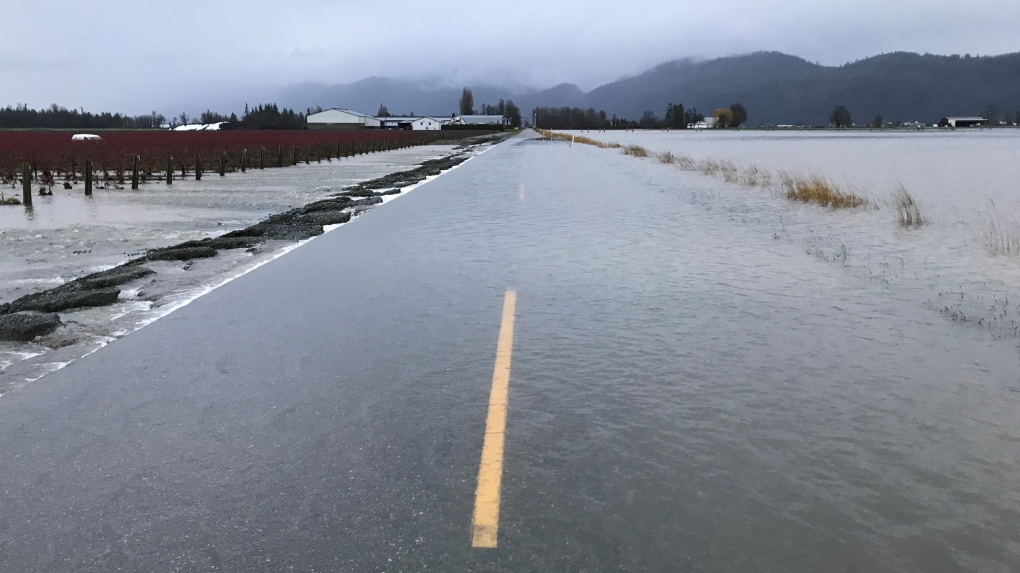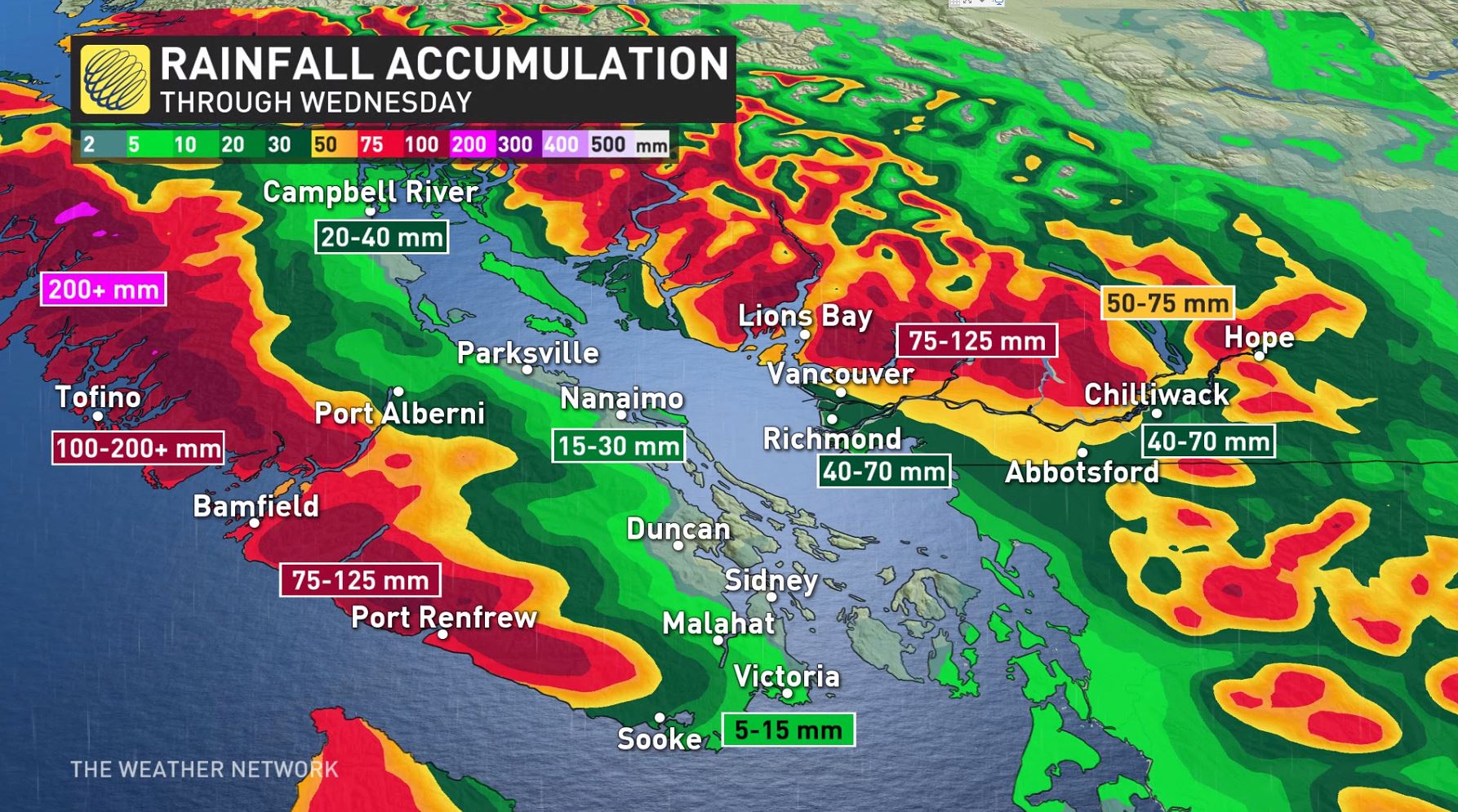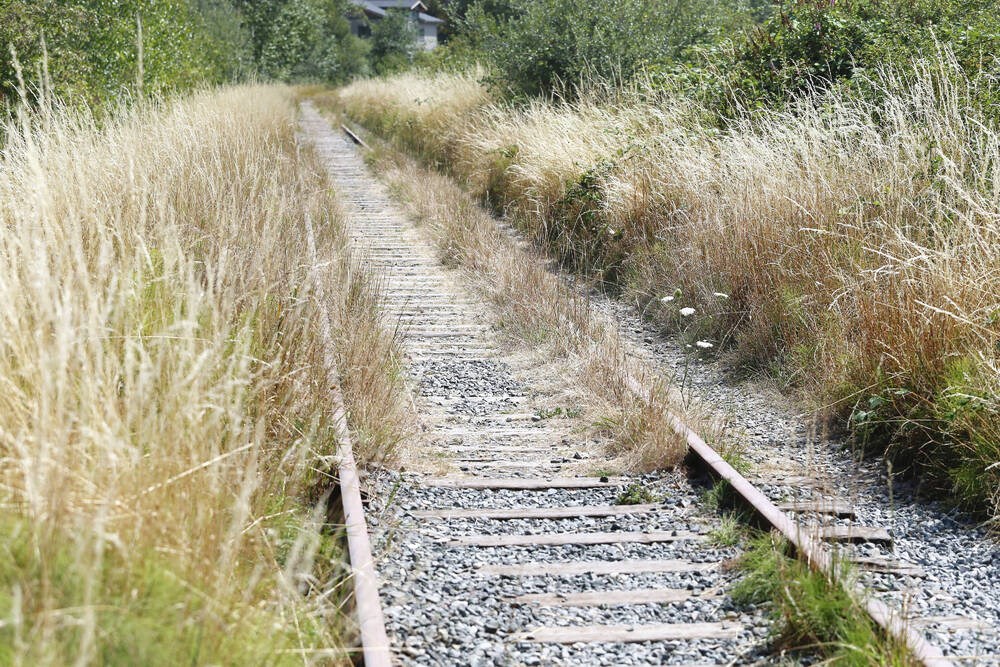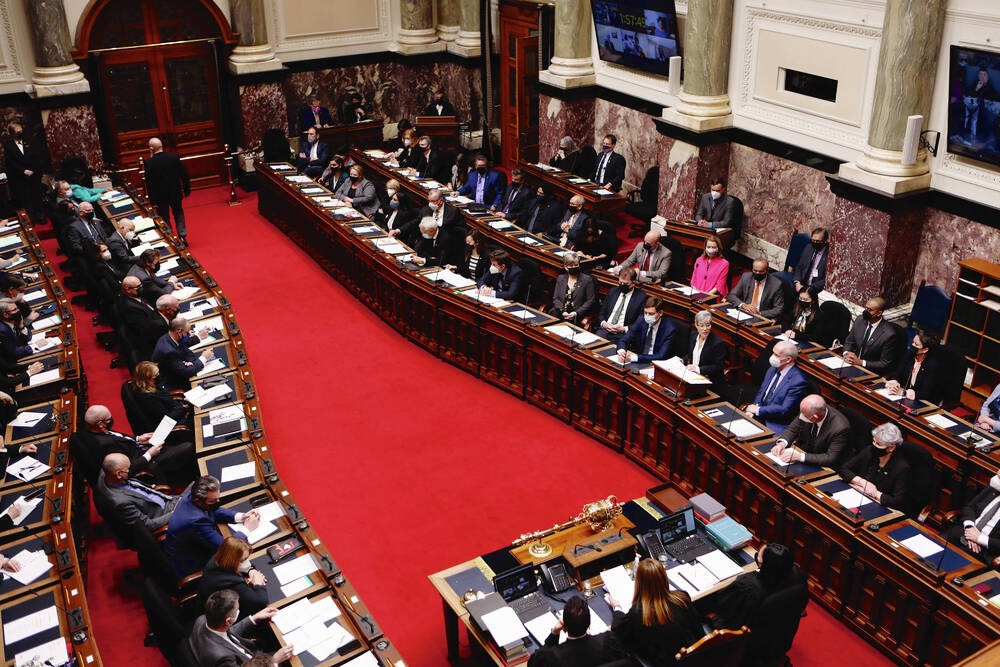Boom....
Daphne Bramham: Blame flood disaster on policy-makers who study but don't act
Opinion: Premier John Horgan said this weeks events were 'not contemplated before.' Nonsense, we've had repeated warnings
Over the past year, British Columbians have had front-row seats to the grim reality of climate disasters.
At least 599 people have died due to climate emergencies — 595 from this summer’s extreme heat, two to wildfires and one reported so far from this week’s flooding with the toll expected to rise once flood waters recede and crews search through the debris.
Some 17,775 people were evacuated as of mid-week due to impacts from the flooding – of British Columbians have evacuated farms, towns and cities ahead of fires and floods. Hundreds more have had bags packed ready to go.
The disasters have been epic.
The town of Lytton was obliterated, burned to the ground as wildfires ravaged an area roughly 1.5 times the size of Prince Edward Island, nearly 8,700 square kilometres.
For several days, Vancouver — Canada’s third largest city with one of North America’s busiest ports — was cut off with both road and rail links severed. Merritt’s 7,100 residents fled as the water rose.
Thousands of farm animals have perished after barns and fields turned into pools and lakes.
The full economic impact of these catastrophes will take months to tally. It will take much longer still to repair critical infrastructure and people’s lives.
All that is left undiminished during this terrible year is people’s selfless willingness to help strangers and the ingenuity they’ve employed to provide it.
We’ve learned new language to describe events from heat domes to atmospheric rivers even as we’ve started to run out of words to describe their effects. Unprecedented, extraordinary, disastrous, catastrophic are losing their power as descriptors.
Soon, we must surely run out of patience with the policy-makers who have fiddled too long while the province was on the brink of bursting into flames only to be drenched to the point of drowning.
Why is there no seemingly operable alert system? Where are the Canadian Armed Forces helicopters, Zodiacs, inflatable rafts, backhoes and other desperately needed equipment? Why has it been left to farmers and friends in aluminum boats and on Sea-Doos without proper protection to try to rescue people and livestock from the polluted flood waters?
It must finally be time to hold policy-makers accountable for what they’ve left undone. It must finally be time to insist that what was once unprecedented must treated with the same single-minded urgency as the global pandemic.
Most urgently, we need plans for how to deal with the next fires, heat domes and atmospheric rivers.
The tragedy is that British Columbia started out well enough.
In 2007, it was the first jurisdiction in North America to introduce a carbon tax in recognition that Canadians per capita emissions are among the highest in the world.
B.C. committed to reduce greenhouse gas a third by 2020 and 80 per cent by 2050. Other promises ranged from the exemplary to somewhat silly — new investments in clean energy, net-zero deforestation, a carbon-neutral public sector by 2010 and the greenest Olympics ever.
It’s not that anyone believed then or believes now that Canada alone can reduce emissions enough to slow rising temperatures. But at least back then, British Columbia and Canada were at least trying to lead by example.
Except, we kept rearranging landscapes and building, and building, to accommodate an influx of a million people.
Within a decade, things were off the rails.
In 2018, the auditor general
reported that climate risks were not being properly managed, that B.C.’s temperature was increasing faster than the global average and that the province would miss both its 2020 and 2050 targets.
In stinging and prescient comments, Carol Bellringer predicted that the province “may not be able to manage flood risks, given that roles and responsibilities are spread across many agencies and levels of government, and these organizations may not have adequate staffing or technical capacity.”
Wildfire prevention was described as “insufficient”, “uncoordinated” and failed to target areas of highest risk.
Indigenous communities and local governments on the front lines of disasters suffered from the lack of provincial policies as well as “financial support, reliable data and knowledge.”
No one should take comfort from the fact that all of the country’s auditors general that year echoed Bellringer’s concerns in their
collaborative report .
The auditor general’s report remains as good a description as any for what happened in British Columbia this year.
“Initial work” on a flood strategy and watershed security are among the “action highlights” in an
August draft of B.C.’s Climate Preparedness and Adaptation Strategy. So is working to “improve public understanding of wildfire threats and B.C.’s changing climate.”
Mother Nature has more than taken care of both.
It’s a bit late for modelling a range of scenarios. We’ve already lived through what Premier John Horgan described this week as “extraordinary events. Not measured before, not contemplated before.”
Except they were contemplated. The problem is nothing was done to prepare for them. Perhaps naively, more likely hopefully, policy-makers thought catastrophes couldn’t happen here.
Now, we know that they can and that they likely will again. There’s no excuse for not being ready.
Daphne Bramham: Blame flood disaster on policy-makers who study but don't act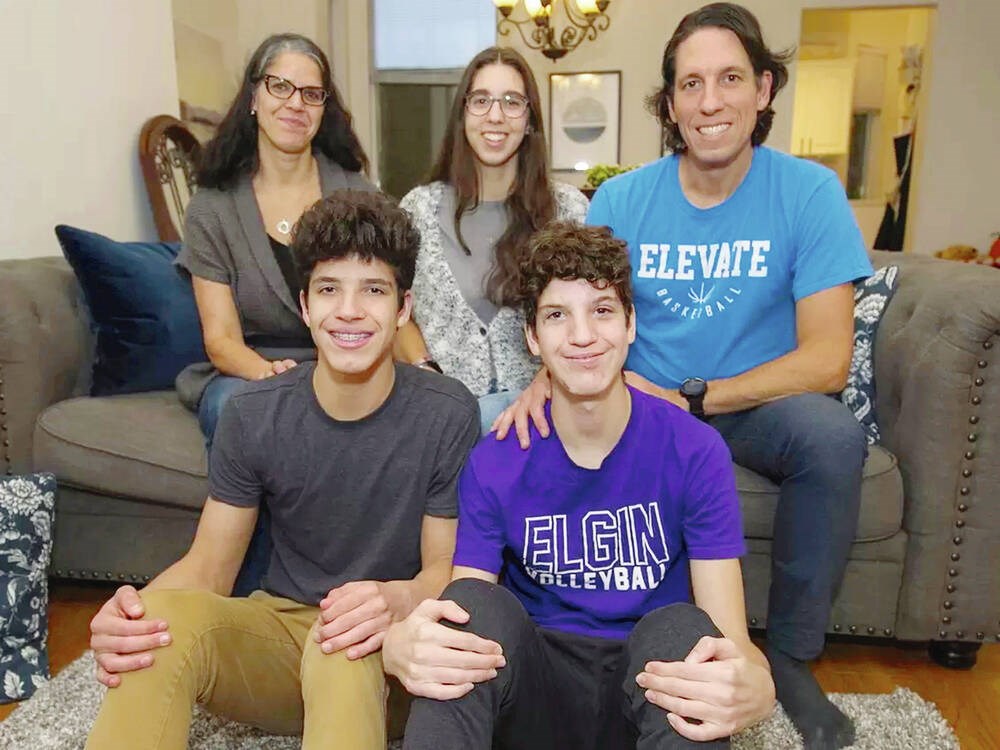
www.timescolonist.com


